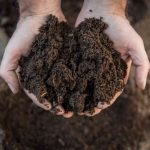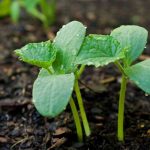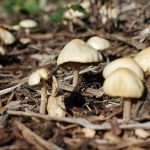How do you bring dead soil back to life? This single question suggests one simple fact – soil is alive. But then, you would think to yourself, it’s just soil, right? It is such a regular part of our lives that we do not consider what soil is or how to take care of it.
You cannot correctly appreciate the concept if you do not know what soil is, and just like every other living thing, the soil will die if not properly taken care of.
Soil is a natural body that consists of minerals, organic matter, water, air, and living organisms. Without soil, the Earth’s land would be a lifeless slab of rock.
Table of Contents
Why Did My Soil Die?
As soil is alive, soil can also die. And we humans have been killing a lot of soil. There are several underlying reasons why soil would die, and some of these factors are human activities that are casually done without knowing their adverse effects on our soil.
Here are some reasons why your soil died:
Tilling
After several years of turning the soil upside-down, gardeners and farmers have finally come to realize that they’re killing the microorganisms that keep soil alive.
Plants are entirely dependent on these microbes for their water, nutrition, and protection against chemicals, insects, and diseases.
Related Post: Best Soil Moisture Meter
Weeding
Contrary to popular belief, weeds are not just a nuisance in your farm or garden. Weeds feed the microorganisms, and pulling them out by their roots disturbs the soil. It is better to cut weeds off from the base at the soil level and leave the roots in.
Lack of Diversity
Continuous planting of one type of plant in your farm or garden can be detrimental to soil health because soil microorganisms and nutrients will keep getting depleted without any means to replenish them.
How Do I Know My Soil Is Dead?
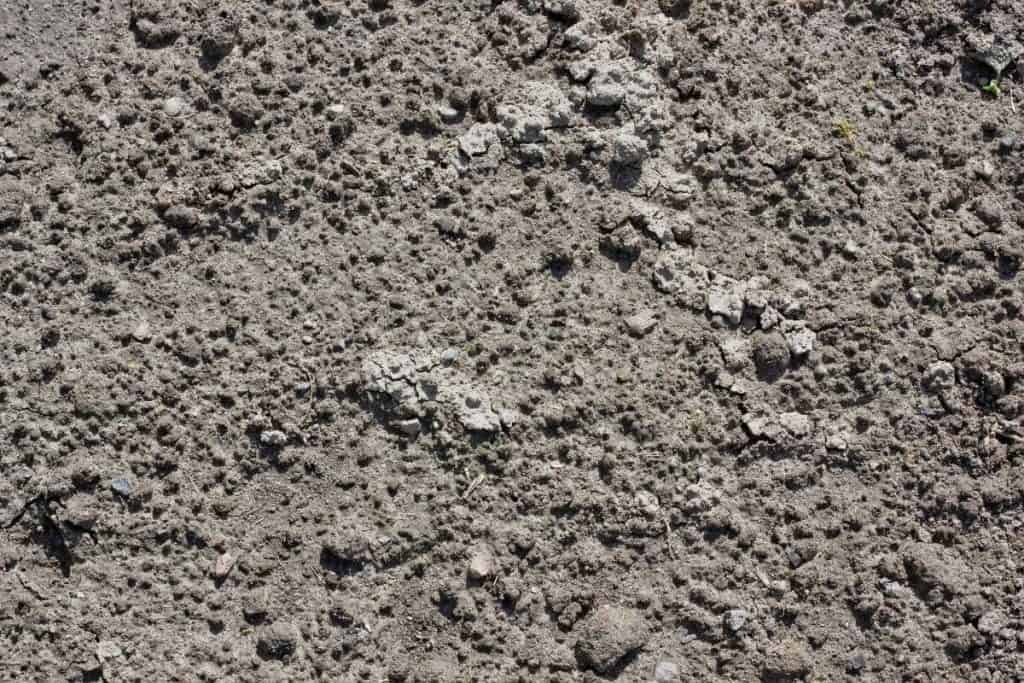
We know that soil grows plants, and we keep planting and planting until we realize one day that the plants are no longer growing from a spot that used to bring forth so much produce. This is probably because the soil in that area is dead,
How then do you know that your soil is dead?
Here are several signs of dead soil to confirm that you indeed have dead soil:
Low Nitrogen
If you notice that the leaves of your plant (low on the plant itself) are beginning to discolor and fall off the soil, it is likely low in Nitrogen.
Low Phosphorous
If your plants look purple, they likely need more phosphorous. This happens due to the soil’s temperature. The Phosphorous is perhaps there, but because of the soil’s temperature, it’s unable to be released to aid the plant.
Related Post: Potting Soil Vs Topsoil For Grass
Volunteers
Volunteers are plants that grow on their own rather than been intentionally planted by a farmer or gardener.
For example, have you ever seen a maize plant in the middle of a bean field? That maize plant is a volunteer — a holdover from last year’s maize crop.
Seeds can also be brought to your garden by a good wind or a bird flying over. Regardless of how huge or small the farm or garden, volunteers can happen. Why are volunteers bad?
They are bad because you should rotate your crop every year to avoid disease. As we have already established, we need plant diversity in other to maintain healthy soil.
Water
Puddles of water are nasty for your garden/farm. If you live in a climate with a lot of rain, you will understand the dilemma.
But how do you know when your soil is ready? It’s simple! Just take a handful of the soil and squeeze. If you see water dripping from your hand, then you need to aerate the soil.
The crumble
Is your soil crumbly like a good coffee cake or dry, hard and cracked? Healthy soil should be crumbly. If it’s cracked and dry, water will run off and fail to be absorbed into the soil as it should.
Additionally, insufficient water will make it to the root system and allow the roots to grow down in all that hard soil.
Related Post: Which Plants Do Not Like Coffee Grounds?
Can Dead Soil Be Revived?
If soil formation timespan is compared against human life span, it is safe to say that soil is a non-renewable resource.
However, the good news is that for existing soil that is dead, it can be revived, and there are several ways to do just that.
How Do You Bring Dead Soil Back To Life (Step By Step Guide)
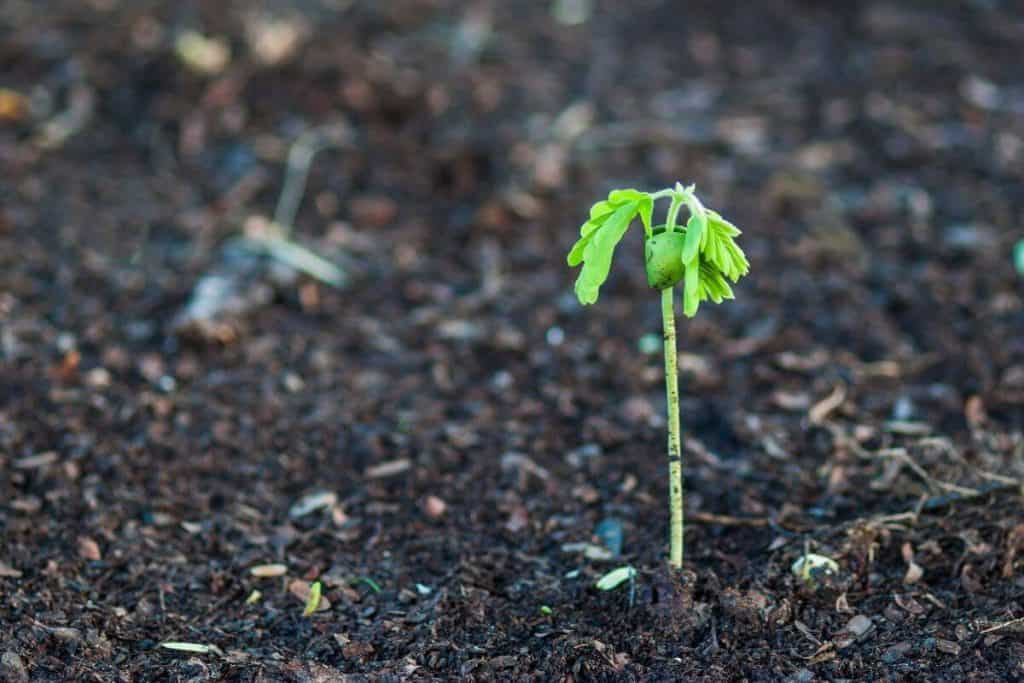
Unlike every living thing, dead soil can be brought back to life, and we will show you how in the following easy steps.
Step 1: Leave the leaves
Leaf litter is part of a tree’s life cycle. It is a way that nature recycles vital nutrients and protects the tree roots during the harsh winter periods.
Leaf litter also fortifies soil by providing organic matter, which is necessary for all living organisms in the soil. We call this life the soil food web
Step 2: Stop using NPK fertilizers
Nitrogen, phosphorus, potassium (NPK) fertilizers are primarily used for grasses, shrubs, and trees. These fertilizers might be required from time to time, but blanket use of store-bought fertilizer can hurt the soil food web and deplete healthy nutrients.
That’s not all; they equally pollute waterways, kill beneficial fungi, compromise a tree’s root system, and make trees and shrubs more susceptible to pests and disease.
Step 3: Stop using herbicides
Herbicides do not only kill weeds; they equally find their way into the soil and harm beneficial bacteria and other microorganisms living there.
These chemicals not only deplete your soil, they equally harm pollinators and have been shown to result in cancer in humans.
Step 4: Use compost
Compost is a great way to add life back to your soil, whether you make it at home or use a service.
As a bonus, it also prevents green waste from going to a landfill, which reduces your waste footprint and prevents the generation of harmful methane gas.
Step 5: Use wood chips
Wood chips benefit your soil by providing the microorganisms that live in the ground with organic matter, which is their food source. They also serve as the excellent mulch.
How To Prevent Soil From Dying
As the famous saying goes, prevention is better than cure, so it would be wise to keep our soil healthy at all times. There are simple measures you can take to prevent your soil from dying.
- Plant trees to secure topsoil
- Practice crop rotation
- Water the soil to prevent it from becoming hard and cracked
- Dig drainage channels to guide rainwater runoff
- Mulching to enrich the soil with nutrients
- Practice no-till farming
Conclusion
You now know that soil is alive and can die if not properly taken care of. But if your soil is dead already, I hope you've learnt how to bring dead soil back to life after reading this guide. Unlike other living organisms, it is possible to revive dead soil.
We have to be careful in our farming and gardening practices in order to keep our soil healthy and prevent it from getting to the point of revival.
It should no longer be a source of concern to you since you know how to bring dead soil back to life now. The beneficial practices above will keep our soil healthy and support excellent yield for our sustainability well into the future.
Related Post: How to Get Rid of Bugs in Garden Soil

